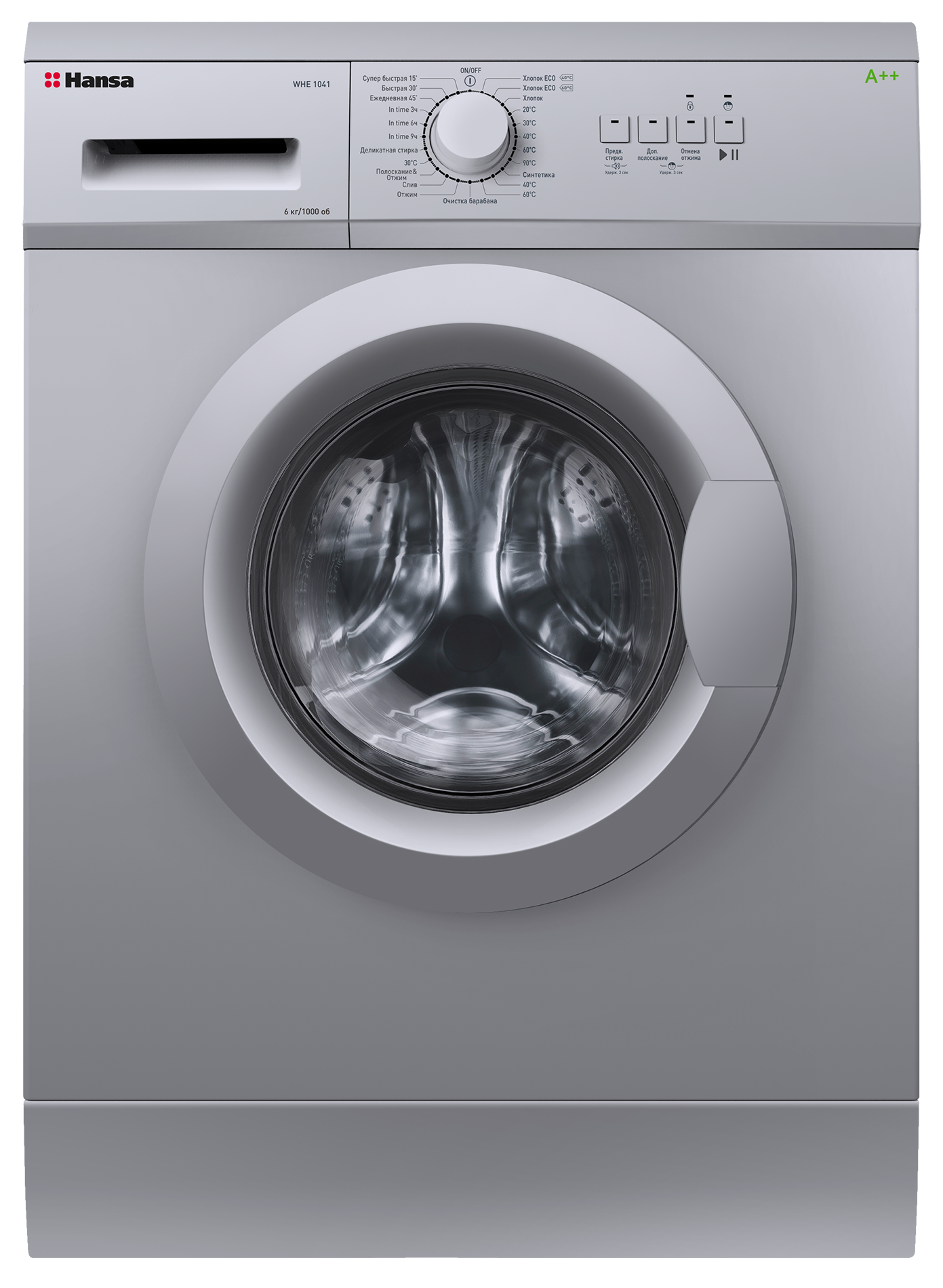We are here to help you through all aspects of owning a car wash by giving you the Coleman Hanna advantage: Proven & Reliable – With over 50 years of experience in the industry, Coleman Hanna is a well established brand with a reputation for quality and reliability in the car wash industry.
A showing its swept wings. A swept wing is a wing that angles either backward or occasionally forward from its root rather than in a straight sideways direction. Wing sweep has the effect of delaying the shock waves and accompanying rise caused by fluid near the, improving performance. Swept wings are therefore often used on designed to fly at these speeds. Swept wings are also sometimes used for other reasons, such as structural convenience or visibility.
Wing sweep at high speeds was first investigated in Germany as early as 1935, but it found no application until just before the end of the. Swept wings became common on advanced like the and, which demonstrated a decisive superiority over the slower first generation of straight-wing jet fighters during the.
Since then, swept wings have become almost universal on all but the slowest (such as the ). The term 'swept wing' is normally used to mean 'swept back', but other swept variants include, and in which one side sweeps forward and the other back. The also incorporates the same advantages as part of its layout.
The characteristic 'sweep angle' is normally measured by drawing a line from root to tip, 25% of the way back from the leading edge, and comparing that to the perpendicular to the longitudinal axis of the aircraft. Typical sweep angles vary from 0 for a straight-wing aircraft, to 45 degrees or more for fighters and other high-speed designs.
A Burgess-Dunne tailless biplane: the angle of sweep is exaggerated by the sideways view, with washout also present at the wingtips. At the same time the Anglo-Irish engineer was experimenting along similar lines, obsessed with achieving innate stability in flight.


He was able to successfully employ severely swept wings in his tailless aircraft (which, incidentally, also used later on) as a means of creating positive. For a low-speed aircraft, swept wings are useful to avoid problems with the, to move the wing spar into a more convenient location, or to improve the sideways view from the pilot's position. In 1905 he had already built a glider with swept wings and by 1913 he had constructed successful powered variants that were able to cross the. The was exceptionally aerodynamically stable for the time and the was sold to the and the. His work ceased with the onset of war in 1914, but the idea was taken up by in England, who designed a series of gliders and aircraft to Dunne's guidelines, notably the in 1931. However, Dunne's theories met with little acceptance from the leading aircraft designers and companies at the time. The was the first American swept wing airplane, although it was not considered successful.
Free iptv smart tv m3u. [ ] Development [ ]. The, a prototype swept-wing aircraft, produced in 1944.
Aircraft designer Sir had already begun development on the and was considering whether to apply the new swept-wing configuration for the world's first jet airliner. The project engineer on the was, and his aircraft was used as a testing bed for the technology. With only a team of 8–10 draughtsmen and engineers, in 1944 Frost created a remarkable aircraft by marrying the front fuselage of the to a swept wing and short stubby vertical tail to make the first British swept wing jet, soon to be unofficially known as the 'Swallow'.
Posts
- Ess Es1988s Driver Win7 64bit Repair
- Comprehensive Project Work In Accountancy Xii Free Download
- Hosts File Entries To Block Adobe Activation Servers
- Free Download Zte Unlocker
- Flash Usb Repair V2 9 1 1 Zip Screws
- Myscript Stylus Linux
- 12 Rounds Tamil Dubbed Movie Free Download
- Download Easyworship 2009 Free Full Version